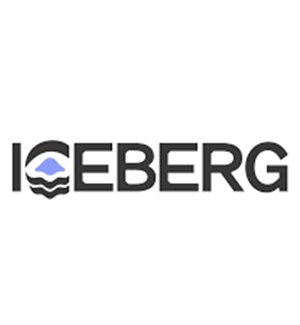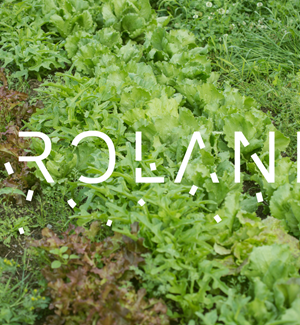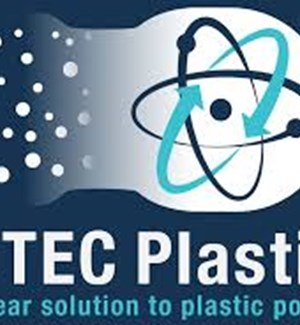Objective: To support Member States’ capacities in addressing pollution and the impact of climate change in sediments and water column in the Mediterranean, the Black Sea, the Caspian Sea and the Aral Sea on a regional scale. Nuclear and nuclear related techniques, when applied together in analysis and dating of environmental archives such as sediments and corals, can provide information on spatial and temporal trends of pollutants. They can also be used as a record of historical temperature variations and fate of carbon in sediments, thus enabling carbon storage assessment and evaluation of positive and negative synergies between pollution loading and the potential of sediments to sequester carbon. By the recognition of spatial patterns and temporal trends in pollutant levels and isotope ratios in environmental archives, the future predictions of changes in marine processes and adaptation measures may be proposed. Project RER7015 is the direct continuation of the regional project RER7009 that was unique in the sense that it brought together countries bordering two separate semi-closed seas (the Adriatic and the Black Sea), to jointly evaluate and demonstrate processes that influence levels of contaminants and construct temporal trends of pollution (radionuclides, heavy metals and organic contaminants) related to urbanization using sediments as environmental archives. This has formed a strong collaborative network of analytical laboratories and experts and has facilitated the harmonization of methodologies. Furthering the scope of its precursor, the expected outcome of RER7015 is to ensure a database for the Black Sea, the Caspian Sea, the Aral Sea and selected areas of Mediterranean Sea is enriched and provides information to MSs regarding environmental pollution (e.g. heavy metals, microplastics, organic pollutants and radionuclides) and climate change effects (e.g. acidification, dissolved oxygen levels, stable isotope ratios). This level of information will assist decision makers to adopt and synchronize future environmental protection policies to ensure the sustainable management of these very special environments (https://civilna-zastita.gov.hr/UserDocsImages/dokumenti/Radioloska%20i%20nuklearna%20sigurnost/IAEA%20obavijesti/ME-RER7015-2204082%20Information%20sheet.pdf). This project is related to IAEA’s flagship initiative 'NUTEC' according to the Joint Working Group's Integrated Action Plan. https://www.iaea.org/sites/default/files/22/08/integrated-action-plan-nutec-working-group.pdf
Want to analyze based on this project via our analysis tool? Analyze this project
Knowledge Gaps
Environmental fate and behavior of plastic
Bioaccumulation, bioconcentration and persistence
Environmental effects and ecotoxicity
Chronic or long-term effects, multiple forms and/or sources
Environmental risk assessment (ERA)





